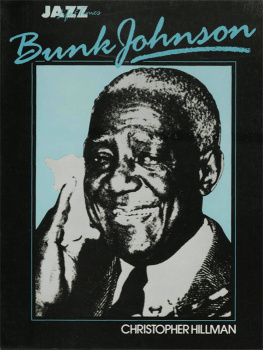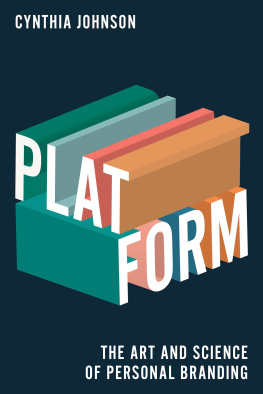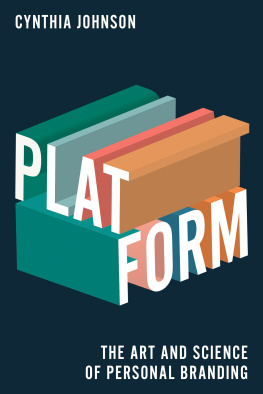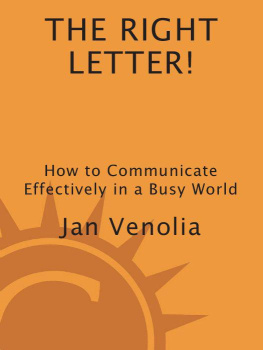
MICROSTYLE
THE ART OF WRITING LITTLE
CHRISTOPHER JOHNSON

W. W. NORTON & COMPANY
NEW YORK | LONDON
Copyright 2011 by Christopher Johnson, PhD.
All rights reserved
First published as a Norton paperback 2012
For information about permission to reproduce selections from this book,
write to Permissions, W. W. Norton & Company, Inc.,
500 Fifth Avenue, New York, NY 10110
For information about special discounts for bulk purchases,
please contact W. W. Norton Special Sales at
specialsales@wwnorton.com or 800-233-4830
Manufacturing by Courier Westford
Book design by Brooke Koven
Production manager: Devon Zahn
Library of Congress Cataloging-in-Publication Data
Johnson, Christopher, 1963 Oct. 12
Microstyle : the art of writing little / Christopher Johnson. 1st ed.
p. cm.
Includes index.
ISBN 978-0-393-07740-7 (hardcover)
1. English languageStyle. 2. English languageRhetoric. I. Title.
PE1421.J63 2011
808.042dc22
2011007712
ISBN 978-0-393-34181-2 pbk.
eISBN 978-0-393-08233-3
W. W. Norton & Company, Inc.
500 Fifth Avenue, New York, N.Y. 10110
www.wwnorton.com
W. W. Norton & Company Ltd.
Castle House, 75/76 Wells Street, London W1T 3QT
1 2 3 4 5 6 7 8 9 0
For Jordanna, Tobias, and Finn
CONTENTS
INTRODUCTION
T his is the age of the Incredible Shrinking Message. Some of the most important verbal messages we encounter are also the shortest. Headlines, titles, brand names, domain names, sound bites, slogans, taglines, catchphrases, email subject lines, text messages, elevator pitches, bullet points, tweets, and Facebook status updates are a few examples. While there are plenty of style guides to consult for writing advice, from old fogies like Strunk and Whites Elements of Style to young hipsters like Constance Hales Sin & Syntax, they dont help much with little messages like these.
Messages of just a word, a phrase, or a short sentence or two micromessages lean heavily on every word and live or die by the tiniest stylistic choices. Micromessages depend not on the elements of style but on the atoms of style. They require microstyle .
Microstyle has been the secret knowledge of poets, copywriters, brand namers, political speechwriters, and other professional verbal miniaturists. Until now. You hold in your hands the first microstyle guide. Do you need to coin a new word? Come up with a short, available domain name? Capture the essence of your organization in three words? Then help is right here in these pages. Microstyle is a guide to verbal strategies that make very short messages effective, interesting, and memorable.
But this isnt a typical style guide. Style guides as we know them are a product of a different timea time when most people who wrote on a daily basis were professional writers or students. For the rest of us, writing was more of a special occasion. Style guides focus on things not to do. They urge us to avoid common mistakes of spelling and usage, jettison clichs and jargon, and break bad grammatical habits. Those books are useful, but theyre essentially negative, because they play on our insecurities. Those books are part of a tradition that I call Big Style. But Ill get to that in a moment.
Like dictionaries, style guides will stick around. This book is something a little different. I like to think of it as a field guide. A style guide gives you rules to follow. A field guide is something you take out into the world with you. It can be practicalyou might use it to decide which berries or mushrooms to eatbut it can also enhance your understanding and appreciation of what you see around you. So think of this as a field guide to everyday verbal ingenuity. It can help you survive in the verbal wilderness, but it can also help you explore and enjoy. And just to stretch the analogy a little further, words and phrases bear some resemblance to plants and animals. Theyre adapted to their natural environments, theyre strange and beautiful, and theyre sometimes dangerous.
Microstyle is really about language at playeven when its used at work. You use it when you come up with a business nameor a baby namethat has a nice ring to it. You use it when you try to make a headline or title or sign catchy. You even use it when you think of something clever and funny to say at a party. And of course, you use it on Twitter, if youre a part of that world. Microstyle is the natural expression of verbal art and verbal playfulness. Its what makes every one of us a poet.
Is microstyle just regular old style applied to short messages? No, not really. Think about it this way: if extended prose writing is like painting or illustration, microstyle is like graphic design. It employs a subset of the techniques used in the more detailed arts, and because it serves different ends, it involves techniques and conventions of its own.
Lets flesh out that analogy a little. First, only certain aspects of style can be realized in very short messages. Paragraph structure, for example, doesnt come into play. Second, and more important, very short messages tend to serve different purposes and therefore involve different challenges. Some aspects of style in longer writing are intended to maintain cohesiveness and hold a readers sustained attention. Microstyle is about grabbing that attention for a moment and communicating something quickly. Economy of expression is all-important. Many micromessages, such as brand names and sound bites, are also designed to be remembered and repeated verbatim.
Microstyle isnt new. Science fiction author William Gibson once observed that the future is already hereits just unevenly distributed. Our futurethe era of the micromessagehas been here for decades, concentrated in areas of life where verbal messages compete fiercely for attention. Some quintessentially American popular art forms, such as the pop song lyric and the one-liner, are expert expressions of microstyle. Theres one place where microstyle has really been honed, and the analogy to graphic design should give you a hint: advertising. Graphic design and copywriting, which is perhaps the most highly advanced form of microstyle, grew up together in the print ad, as developed by the creative teaman artist and a wordsmith working together to come up with a creative ad concept.
So theres really nothing new about microstyle. Weve all been spectators of the sport for a long time. Whats new is that everyones getting into the game. The need and ability to capture instant attention are rapidly spreading to new people and new contexts and becoming the norm for daily discourse. Its no longer just specialists who need to master the art of the miniature message. Its anyone who names a website, thinks of a title for a blog post, makes a comment in an online forum, updates Facebook status, or uses Twitter to publish miscellaneous thoughtsthat is, just about everyone who actively participates in web culture. Its also anyone who puts together a PowerPoint presentation, writes a personal ad, or crafts an attention-getting rsumthat is, just about everyone else.
In this book I observe microstyle in the wild, drawing on my training in linguistics and my experience as a naming and verbal branding consultant, and reveal its secret life. In the chapters that follow I freely grab examples from here and there, disregarding message categories and chronology in the interest of stylistic commonality. The rules discussed in this book are not limited to any particular kind of message or context; theyre linguistic techniques that can be used in all kinds of miniature messages. Well see that effective messages rely on the same techniques again and again. Think of them as tools, not rules.
Next page








